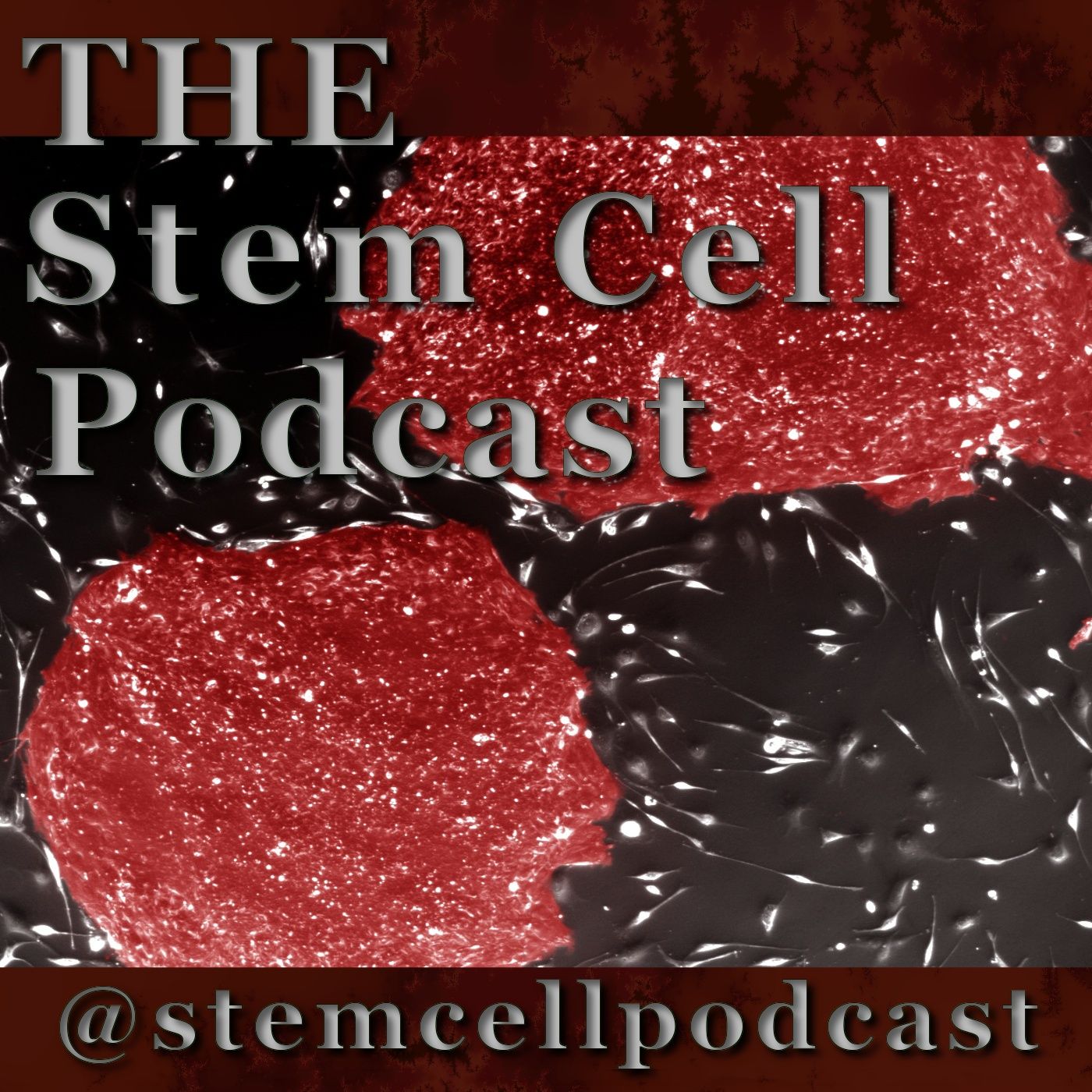Ep. 42: "Neurogenesis" Featuring Dr. Fred Gage

b'Welcome everybody to Episode 42, be sure to visit\\xa0stemcellpodcast.com for current and past episodes and to sign up for our newsletter. \\xa0 We begin as always with our Science Roundup sponsored by\\xa0Thermo Fisher. In this episode we discuss topics ranging from, genomic analyses of brain tumors, cheap long lasting cell phone batteries, expansion microscopy, feeder stem cell culture may be better than feeder free, hESCs are not being used as gold standard as much anymore, stem cells for dogs, a new RIKEN president, a new possible model for liver disease using iPSCs, etc.\\xa0Then we bring on neuroscientist and stem cell pioneer Dr. Fred \\u201cRusty" Gage, a professor at the Salk Institute where he discusses past, present, and future work of stem cells and neurogenesis. \\xa0 We then finish off the show with a rant on packing peanuts.
Below are all of the papers mentioned on the show. We are working on a way to categorize all of the research papers we mention and possibly even provide audio summaries. Enter in your name and e-mail address below, and we will notify you of when this feature is available.
Resources, Links and Research Papers Mentioned In This Session Include:
Too Much Of A Bad Thing Can Be Good In Brain Tumors \\u2013 This article revealed that DNA mutations can cause cancer but in some cases, more mutations may mean a better prognosis for patients like the one subtype of the most malignant brain tumor, called glioblastoma, or GBM.
Turbo-Charging Hormone May Help Regrow The Heart, Animal Study Shows \\u2013 In this article, researchers at the Victor Chang Cardiac Research Institute discovered how to stimulate muscle regrowth in the heart of a mouse, which could be particularly important in looking at new treatments for those who suffer future heart attacks.
Aluminum Battery From Stanford Offers Safe Alternative To Conventional Batteries \\u2013 According to this article, Stanford University scientists have invented the first high-performance aluminum battery that\'s fast-charging, long-lasting and inexpensive that could replace many of the lithium-ion and alkaline batteries in wide use today.
Blackpoll Warblers Migrate Thousands of Miles across Atlantic Ocean, Scientists Find \\u2013 In this article, a team of ornithologists led by William DeLuca of the University of Massachusetts, Amherst, reports the first direct evidence that the\\xa0blackpoll warbler (Setophaga striata), relatively small songbirds,\\xa0completes an autumn trans-Atlantic migration ranging from 2,270 to 2,770 km (1,410 to 1,721 miles) and requiring 2 to 3 days of non-stop flight.
Africa: Biodiversity Damage Mapped By Global Land-Use Study \\u2013 According to this article, study concluded that, if human impacts continue to grow as they have been, future losses in biodiversity will be concentrated in biodiverse but economically poor countries.
Blown-Up Brains Reveal Nanoscale Details \\u2013 In this article, a study showed that material used in diaper absorbant can make brain tissue bigger and enable ordinary microscopes to resolve features down to 60 nanometers; this technique is called expansion microscopy.
Repurposed Experimental Cancer Drug Restores Brain Function In Mouse Models Of Alzheimer\\u2019s Disease \\u2013 In this article, scientists have found that saracatinib, a compound originally developed as a cancer therapy potentially could be used to treat Alzheimer\\u2019s disease.
Stemming Genetic Changes in Cultured Cells \\u2013 According to this article, researchers have found that the fewest genetic changes arise in embryonic stem cells (ESCs) that are grown on a substrate layer of \\u201cfeeder cells\\u201d\\u2014non-dividing cells that provide nutrients and help ESCs attach to their culture dishes\\u2014and passaged mechanically, that is, broken into clumps before being moved into new vessels.
Study: Saccharin Shows Promise As Cancer Inhibitor \\u2013 This article shows that the artificial sweetener saccharin shows considerable promise for its ability to inhibit an enzyme upregulated in many cancers,'